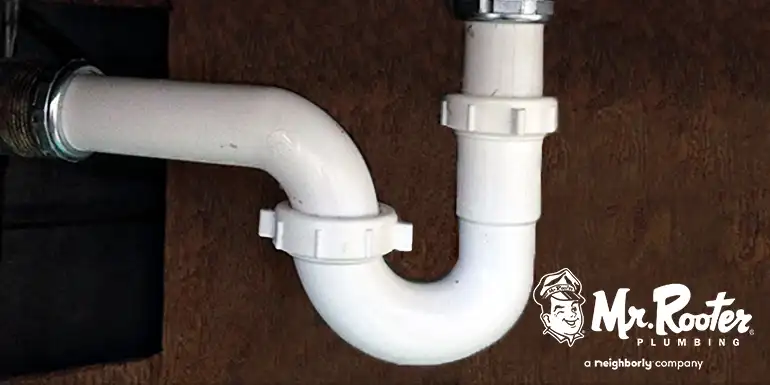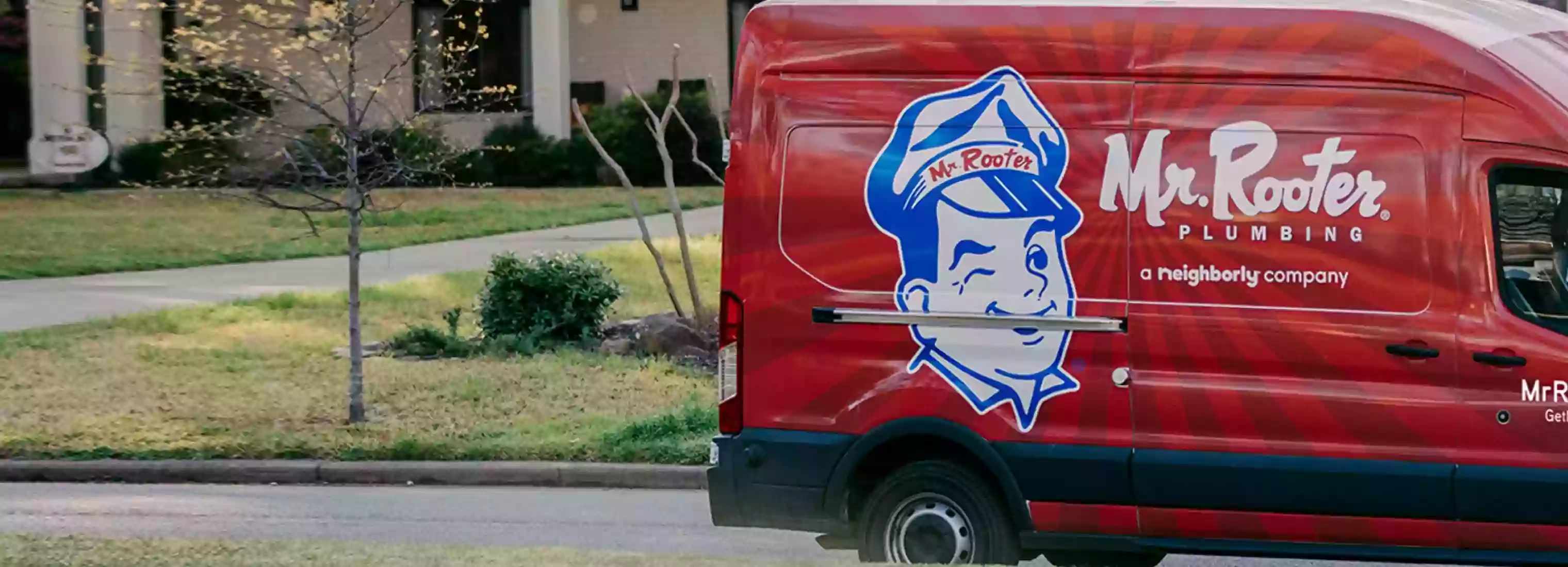What Is a P-trap?

If you've ever researched home plumbing, you've probably come across the term "P-trap." But what exactly is a P-trap, and why is it important to have one and keep it in working order?
A P-trap, also referred to as an intake trap or preventer trap, is a U-shaped pipe commonly found in toilets or under sinks. The shape of this pipe allows it to hold some water, forming a barrier that stops sewer gasses from seeping into your home.
Though this is their primary purpose, it's not their only function. Read on to learn more about what a P-trap is and the vital functions it serves in your home.
What Do P-traps Do?
P-traps are intended to keep a wide range of sewer gasses out of your home, including:
- Methane
- Hydrogen sulfide
- Nitrogen oxides
- Sulfur dioxide
- Ammonia
These gasses not only emit an unpleasant odor but also pose health risks, causing symptoms like headaches, fatigue, irritability, memory problems, and light-headedness.
Though they primarily exist to form a barrier between the sewer and your home, P-traps have a range of intentional and unintentional uses, which we'll explore below.
Trap Debris and Prevent Clogs
If your bathroom drain seems slow, it could be clogged by debris in your P-trap. Fortunately, fixing a clogged P-trap is far easier than unclogging a different portion of the drain. To start, simply shut off the water supply to the sink, place a towel beneath the U-shaped bend of the P-trap, and remove the piece of pipe using a wrench. Once removed, empty the contents of the pipe into a trash can and put the pipe back in place.
Protect Your Property from Losses
Though p-traps aren't explicitly made to protect your property, they can be used for this purpose. A P-trap can come to the rescue when jewelry is lost in a sink drain - wedding rings or necklaces don't usually make it past the P-trap. If you act quickly, you can retrieve the item before it is lost for good.
P-trap Maintenance and Common Issues
When misused, P-traps may become damaged and fail to function properly. Here are some issues you may experience with P-traps:
P-trap Overload
It is essential to remember that P-traps cannot adequately address wastewater generated from more than two or three appliances simultaneously. Overloading can reduce efficiency, lead to clogs, and wear out the P-trap.
No Tap Primer on Infrequently Used Fixtures
In very dry climates or in spaces where a P-trap receives minimal use, such as a guest bathroom, P-traps can dry out and lose their seal. Installing a tap seal primer can prevent this scenario. These devices inject fresh water into dry P-traps to ensure an airtight seal even when the attached fixture goes unused for long periods. Additionally, you can set a reminder to run the attached faucet or flush the toilet regularly to ensure that the P-trap remains filled with water.
Poor Ventilation
Drains that lack proper ventilation, an issue in old homes and cabins, often drain slowly. You can spot improper ventilation with your ears. Listen for a distinctive "glug-glug" sound coming from another drain in the home (other than the drain being emptied). This is because a lack of ventilation forces the emptying drain to release air through neighboring drain lines, pushing/sucking air through an adjacent P-trap. This can empty water from the trap and release sewer gasses into your home.
P-Trap FAQs
What is the difference between a P-trap and an S-trap?
Plumbing systems consist of various components, including traps, which are crucial in preventing unpleasant odors and sewer gas intrusion. Understanding the differences between P-traps and S-traps is essential for maintaining a functional plumbing system.
Here are some of the key differences between P-traps and S-traps:
1. Structure: A P-trap is a horizontal pipe with a curved section resembling the letter "P" laid on its side. It maintains a small amount of water in its curved section, which creates a water seal, preventing sewer gasses from entering your home. An S-trap has a vertical pipe with a curved section shaped like the letter "S."
2. Installation: Proper installation is vital for the traps to function effectively. A P-trap is typically easier to install due to its horizontal configuration. It requires less space and can fit directly under the sink. An S-trap demands more room as it extends vertically before curving. Improper installation of an S-trap can lead to complications like clogs and leaks.
3. Efficiency: P-traps generally offer better functionality and reliability. The horizontal arrangement makes it less susceptible to issues such as siphoning and self-drainage, which can occur with an S-trap. S-traps are more prone to losing the water seal, allowing unwanted gasses in.
4. Code compliance: Building codes and regulations differ depending on your location. P-traps are considered standard and widely accepted across various plumbing codes. Many jurisdictions have prohibited the use of S-traps due to their potential shortcomings. So, it is crucial to consult your local building authorities or a professional plumber to ensure compliance with local codes.
5. Repair and maintenance: Repairing a P-trap is relatively straightforward. If any clogs occur, removing and cleaning the trap is usually sufficient. On the other hand, S-traps can be more challenging to fix due to their design and vertical configuration. Consequently, maintenance and repair costs for S-traps may be higher.
6. Replacement: If you need to replace a trap, we recommend opting for P-traps. P-traps are readily available in plumbing supply stores and are a frequent choice among professionals. S-traps might be harder to locate and may require more effort to install correctly.
7. Universal application: P-traps are suitable for various plumbing fixtures, including sinks, showers, and bathtubs. They are adaptable and reliable in different scenarios. S-traps are limited in their applications, making them less versatile.
Call Mr. Rooter Plumbing for Help with P-trap Issues
What's that smell? Hopefully, it is not coming from your P-trap! Mr. Rooter Plumbing offers comprehensive plumbing solutions to keep things flowing smoothly in all aspects of plumbing service and installations - call or request an estimate online now for reliable assistance!
 Click to call
Click to call


